Blog
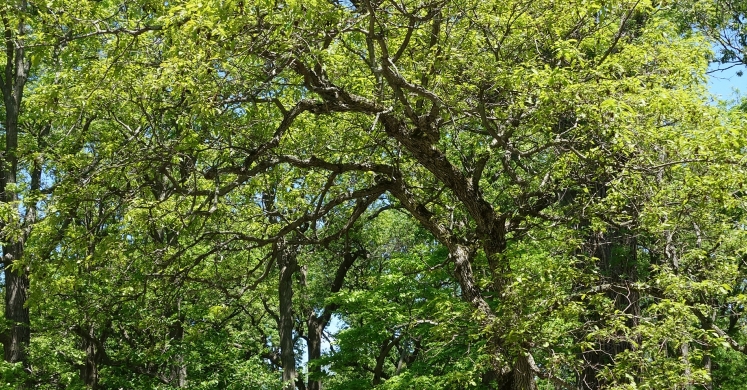
Ask Dr. Phipps: Oaks for Small Spaces
Q: I attended Phipps’ Native Plant and Sustainability Conference at the end of October and really appreciated what Doug Tallamy had to say about planting trees, shrubs and herbs that provide food for caterpillars and, in turn, birds. I have been a long time birder and would love to attract more birds to my yard. I remember him saying that oaks were the best tree in terms of providing food for caterpillars. I don’t have a lot of space and wonder if there are small oak trees that I can plant in my yard. What suggestions do you have?
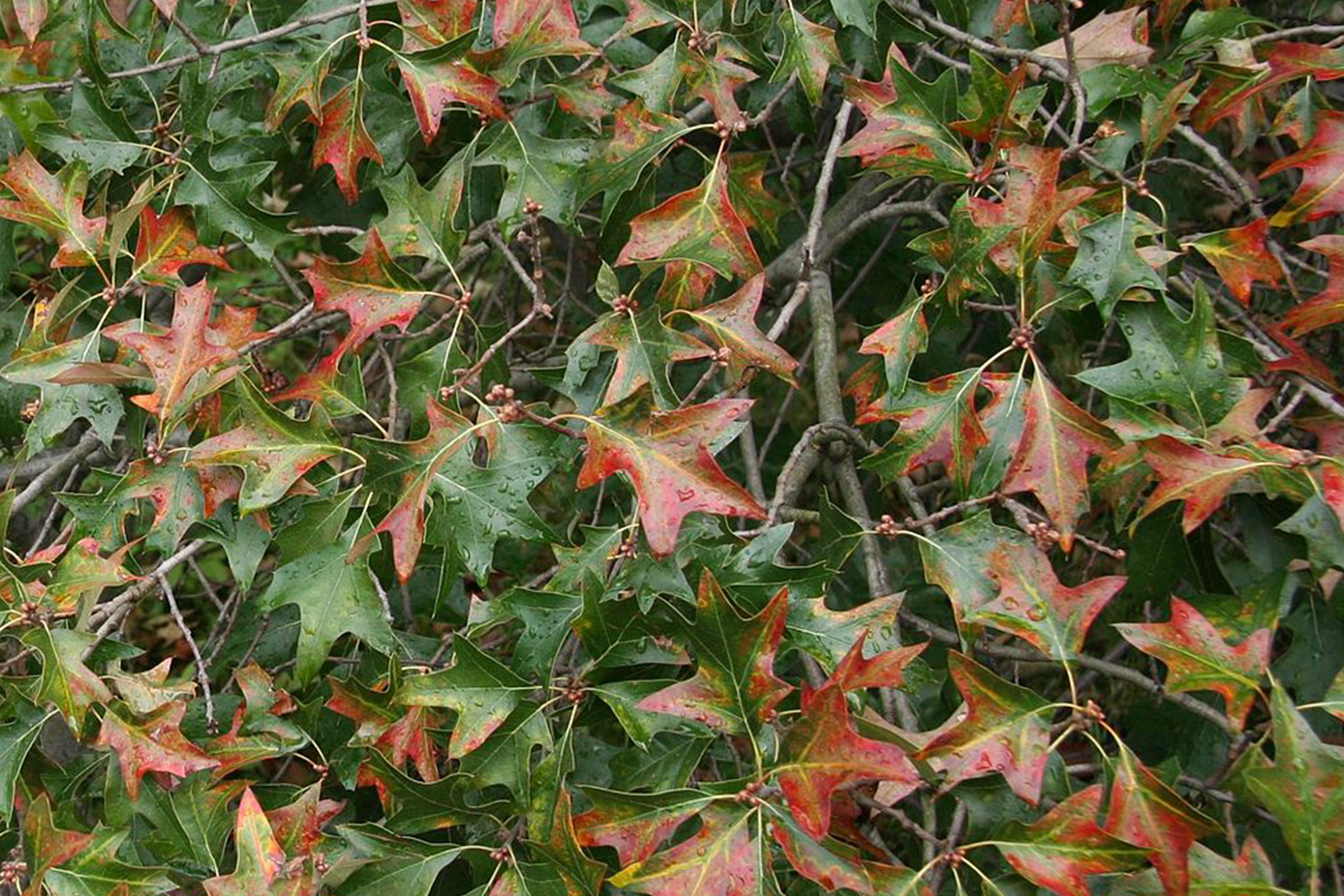
A: Oaks are the top trees to plant to attract caterpillars that become food for nesting birds. In fact, according to a handout provided by Doug Tallamy, oaks support up to 511 species of moths and butterflies in Allegheny County, Pennsylvania. Small yard? Not to worry, there are a couple smaller, more shrubby varieties of oaks native to Pennsylvania that you could try.
1. Bear Oak (Querqus ilicifolia) – is a low growing tree or shrub. Bear oaks growing in forests are usually small and shrubby, as larger species compete with them for resources. Bear oaks grown in an open, sunny spot can get to about 25 feet tall. They are hardy to zone 5. More information on bear oaks.
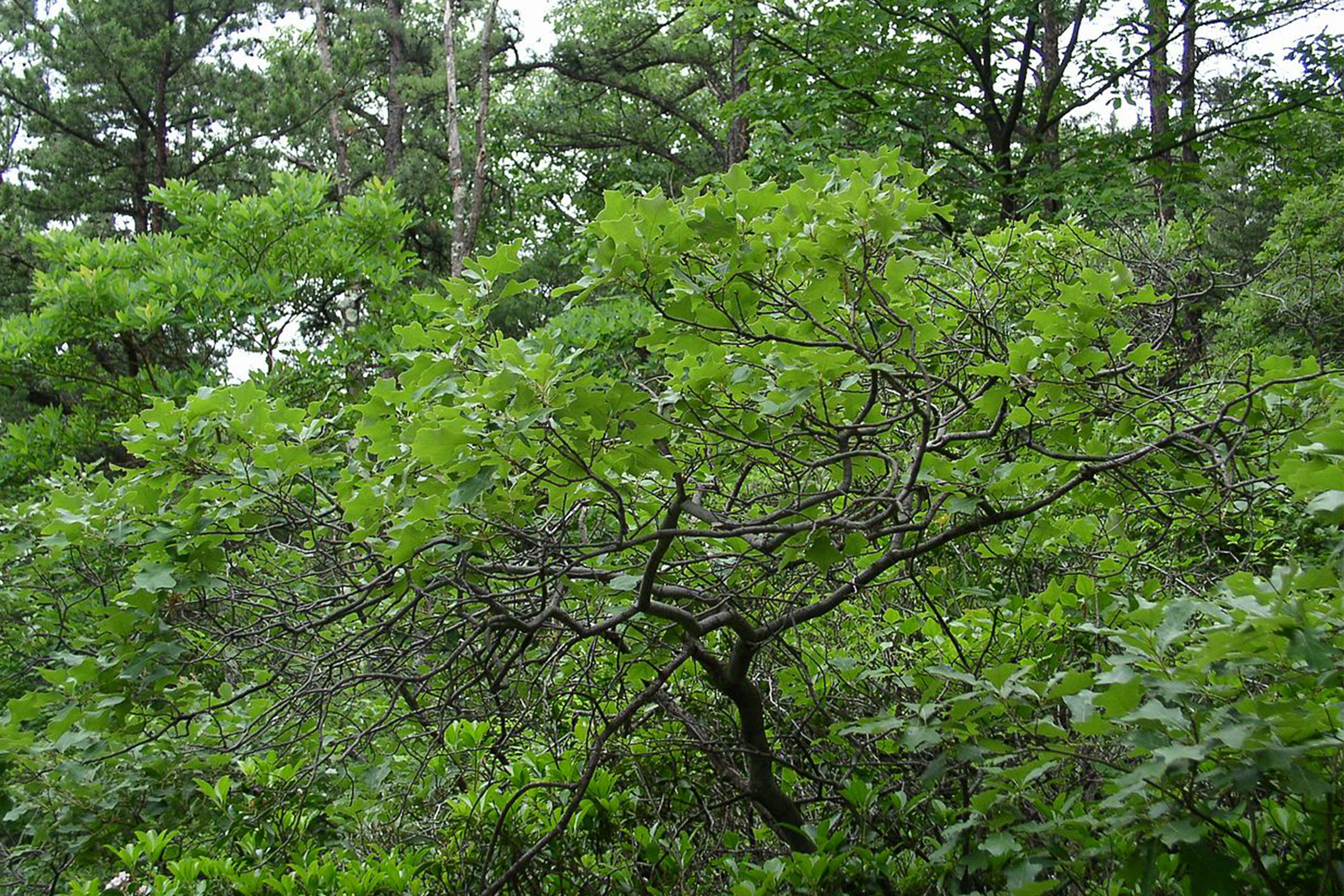
2. Dwarf Chinkapin Oak (Quercus prinoides) – is a small tree or shrub, averaging in size from 10 - 15 feet, sometimes growing to 20 feet. These small oaks are said to have more palatable acorns than other oaks and will be very attractive to wildlife. They will tolerate some shade and are hardy from zones 4 to 8.
You can purchase dwarf chinkapin oaks from Oikos Tree Crops.
Note: For those with more space for oaks, we have featured 3 oaks in our lists of Top Ten Sustainable Plants. Use the links below to learn more about these larger oak trees.
- Shingle Oak (Quercus imbricaria) Top Ten Sustainable Plant for 2017, grows 50-60 feet tall
- Native Burr Oak (Quercus macrocarpa) Top Ten Sustainable Plant for 2018, grows 60-80 feet tall
- Chinkapin Oak (Quercus muehlenbergii) Top Ten Sustainable Plant for 2019, grows up to 80 feet
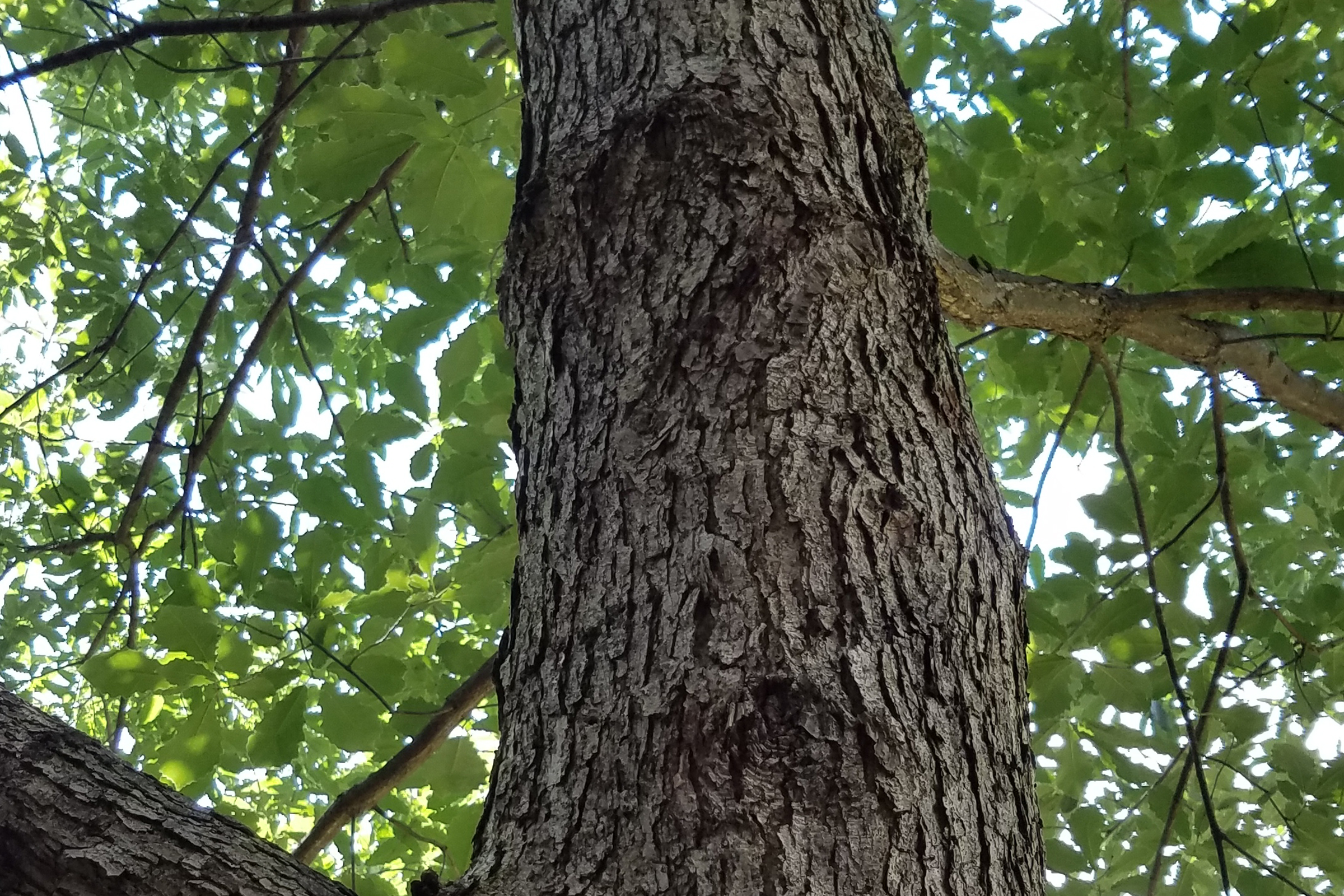
Here are two more great resources:
1. This is a field guide for native oaks of eastern North America.
2. This site from the National Wildlife Federation allows you to search for native plants in your region that support moth and butterfly caterpillars.
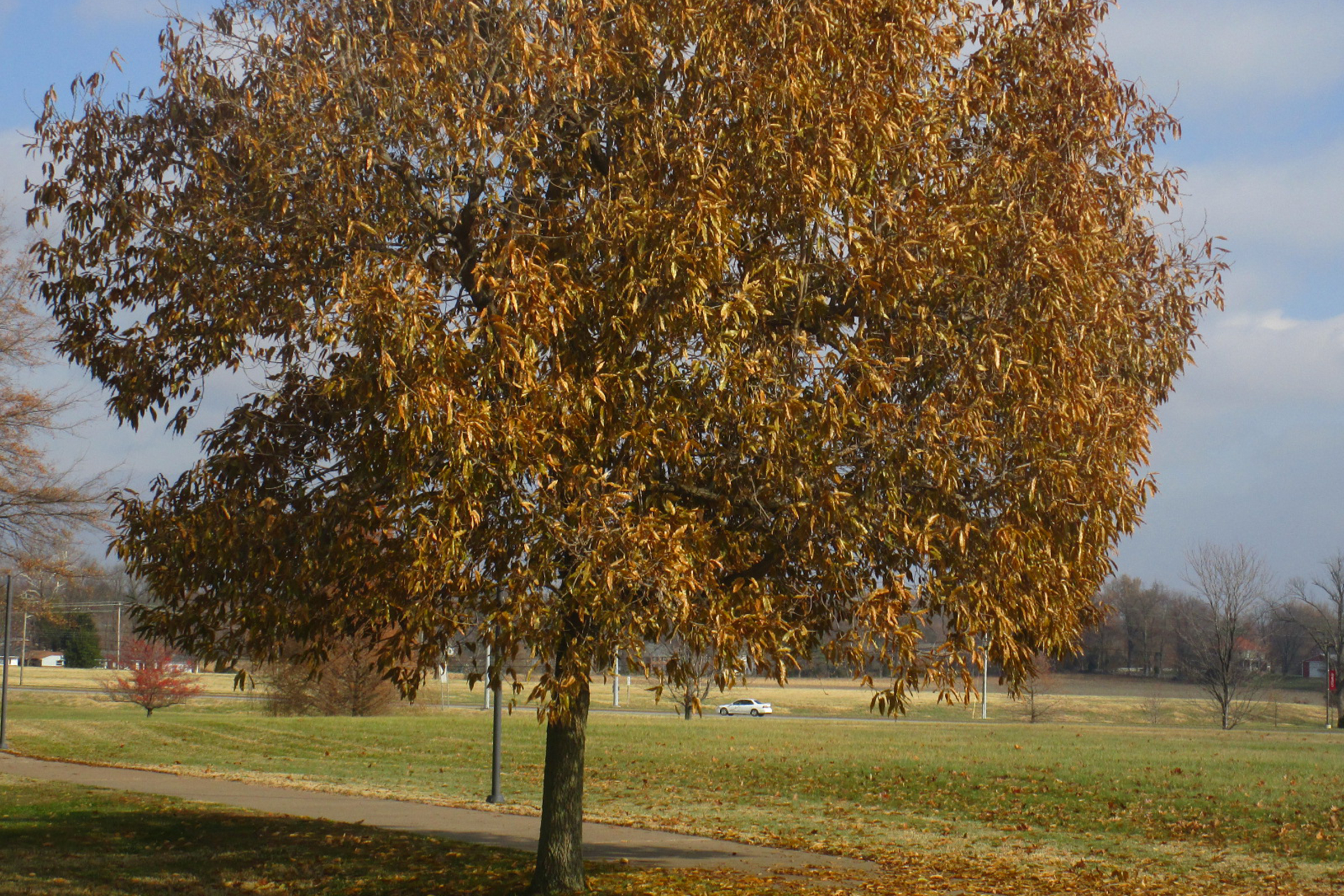
Photos © Daderot, Michael Wolf, Dan Kreck

